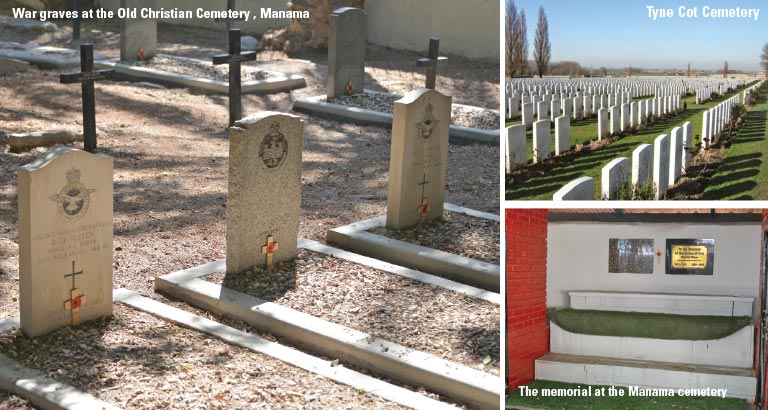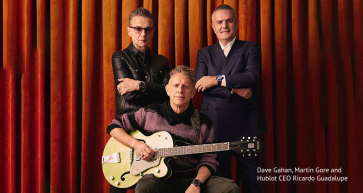Of War and Peace | The Commonwealth War Graves Commission CWGC
by BTM
Mon, 02 April 2018

United Kingdom Supplement
Richard Pawson shines a light on a British-born institution that now has a worldwide role.
The Commonwealth War Graves Commission (CWGC) was founded in 1917 under the vision of Sir Fabian Ware, who, at the age of 45, but too old to fight, commanded a Red Cross unit.
He felt driven to ensure the final resting places of the dead would not be lost forever, so his unit began recording and caring for all the graves they could find. By 1915, their work was given official recognition and incorporated into the British Army as the Graves Registration Commission.
Encouraged by the Prince of Wales, he submitted a memorandum to the Imperial War Conference. In May 1917, his recommendations were agreed, and the Imperial (subsequently Commonwealth) War Graves Commission was established by Royal Charter, with the Prince serving as president and Ware as vice-chairman.
Its principles, still valid today, are:
• Each of the dead should be commemorated by name on the headstone or memorial;
• Headstones and memorials should be permanent;
• Headstones should be uniform;
• There should be no distinction made on account of military rank, race or creed.
The CWGC has worked tirelessly to establish around 2,500 cemeteries all over the world. It now looks after more than 23,000 sites in 153 countries, honouring over 1.7 million men and women, who have died in war. After World War I, its members spent 10 years collecting bodies and artefacts, then transferring them to cemeteries, often established near the medical centres and hospitals of the war.
Construction work was not fully completed before World War II started and thousands of casualties went undiscovered. Even today remains are found in Flanders and northern France. Those individuals, whose bodies cannot be identified or found, are remembered on monuments built nearby, such as Thiepval and the Menin Gate.
The cemeteries and monuments are tended by local labour, whether in Flanders, Gallipoli, Bahrain or any other country. Member states of the Commonwealth that are signed up to the Commission (UK, Australia, Canada, New Zealand, India and South Africa) each pay their percentage for the upkeep.
On gravestones, the individual’s name, rank and unit are centred as is his or her cap badge. A religious symbol such as the crescent or Star of David may be added. The family can add a small inscription to the headstone (obscured by the photo). In terms of medals and honours, only the VC or the GC are ever added, no other awards. The grave of Captain Noel Chavasse, a doctor and Olympic athlete, is the only one to feature two VCs. He won his first VC in 1916 and then again in 1917 for rescuing wounded, while under fire.
Cemeteries can by huge, and an awe-inducing and sad sight, such as Tyne Cot near Ypres, in Belgium, the largest cemetery managed by the CWGC, with more than 40,000 memorials. One of the principles adopted by the CWGC, highlighted by these photographs, is that bodies are not repatriated unless specifically requested by the family, so those soldiers, sailors and airmen who died in or near Bahrain, for example, are buried here and the CWGC looks after the cemetery, including the private non-military graves.
The Bahrain cemetery at Manama, known as the Old Christian Cemetery, is one of two in the Kingdom. The other is located in Salmabad. There are 72 graves in Manama of individuals looked after by the CWGC and 33 in Salmabad. The first burial in the Old Christian Cemetery was in 1901.
Shortly after, the remains of five British Royal Navy officers and men who had died in Bahrain between 1872 and 1889 and been buried outside the walls of what is now the Police Fort, opposite St Christopher’s Cathedral, were transferred to the cemetery.
A memorial in the form of a small brick-built structure with a tiled roof and wrought iron gates, was erected in 1993 to commemorate the dead of the two world wars and also the restoration of the cemetery. This memorial has become the focal point of the Remembrance Day Service which is usually held at the cemetery in November – though it has been moved to the British Embassy for the past two years.



